THE FUTURE IS NOW
XtraLight UV-C High Power
Ultraviolet Disinfection System
Click Here to Learn More About UV-C Mobile
Click Here to Learn More About UV-C Handheld

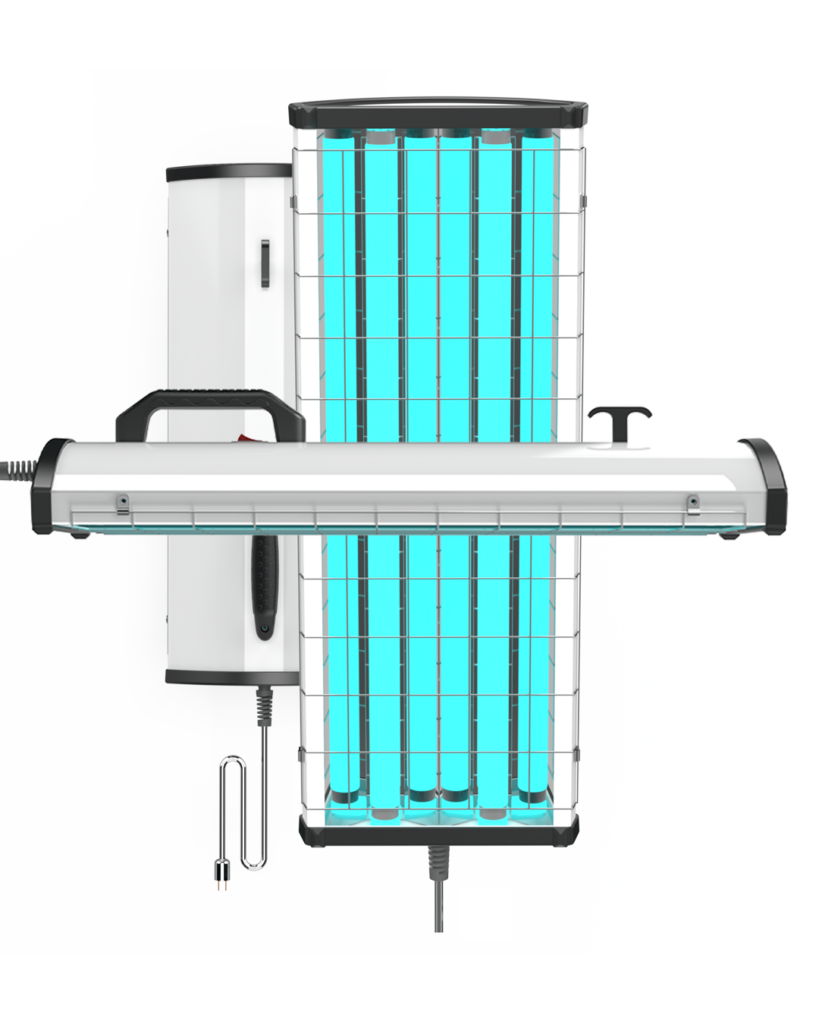
The UVCH (Handheld)
CLICK HERE FOR PRODUCT INFORMATION
Designed for difficult to reach places, the compact high-power design provides 99.99% effective log-reduction of microorganisms in 5 seconds or less when held 2 inches from any surface. Lightweight and easy to use.
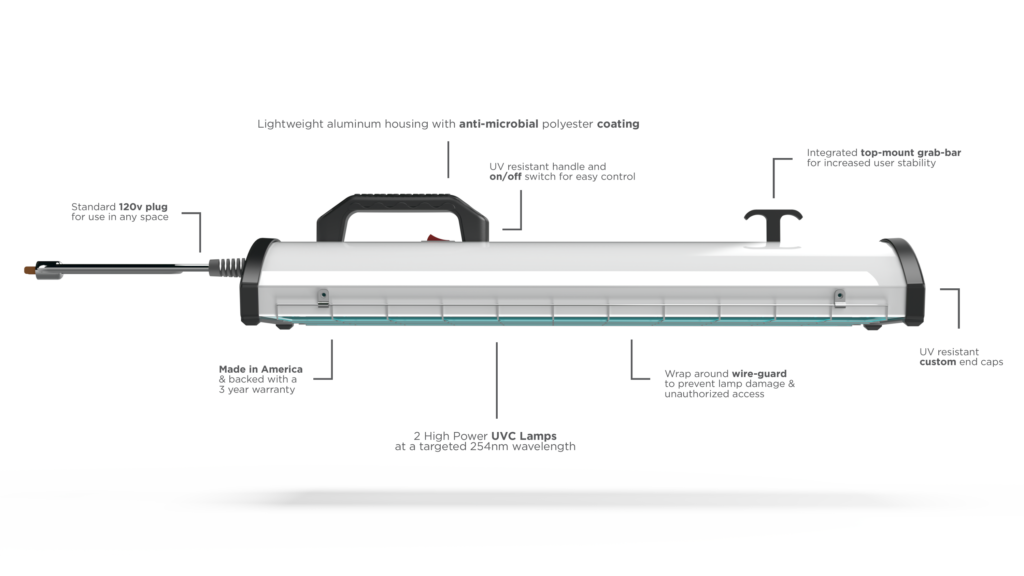
The UVCM (Mobile Unit)
CLICK HERE FOR PRODUCT INFORMATION
Designed for disinfecting large communal-spaces, the MOBILE Model is capable of disinfecting 700 sq. ft. to 99.99% log reduction in only 20 minutes. Our system includes UV Glasses, Gloves, Face Shield, Warning Sign, Dosimeter Cards, and a Portable Carrying-Case.
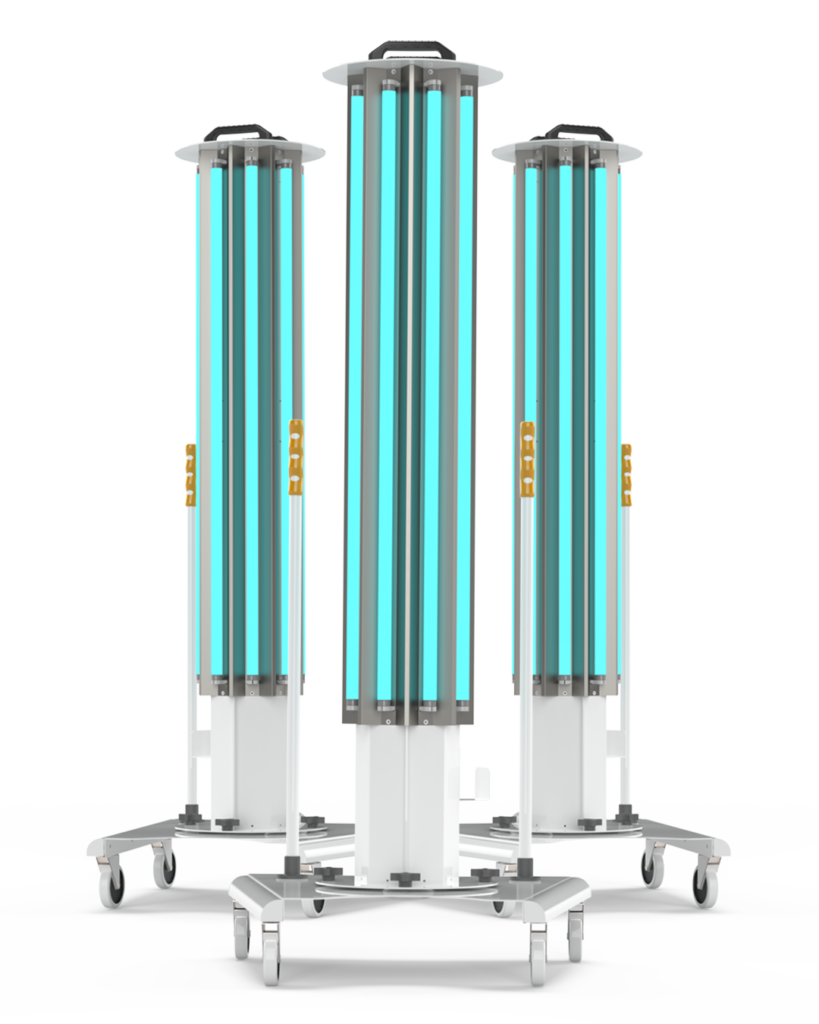
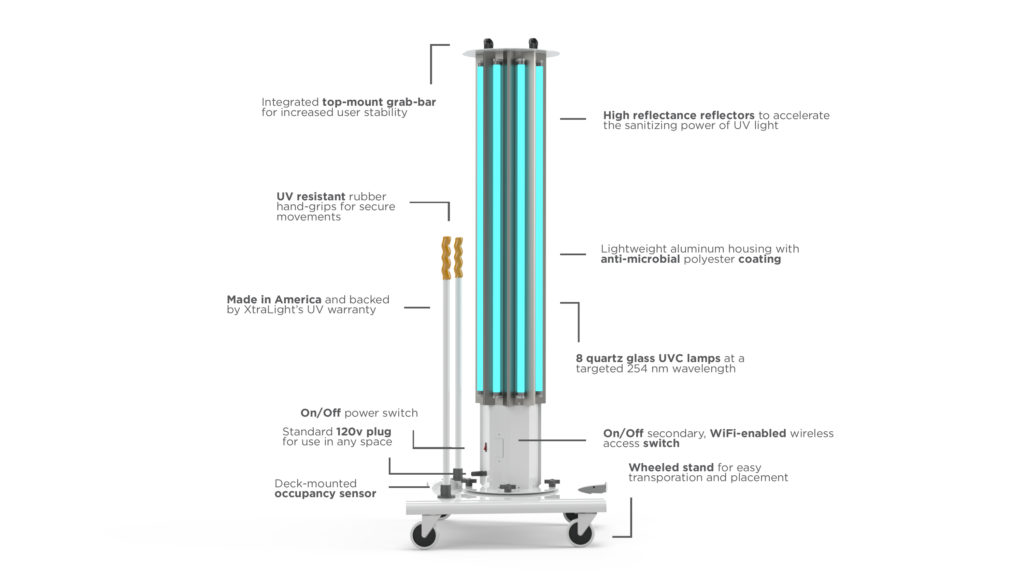
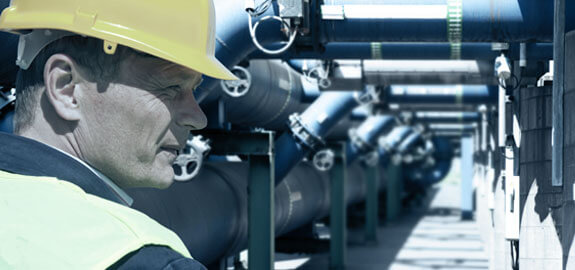


What Is UVC Light?
Within the range of Ultraviolet light exists a range of UV (from 100-280 nm) that is categorized as germicidal – giving it the ability to kill or inactivate bacteria, viruses, and protozoa – including COVID-19 Coronavirus.
FAQ’s
Ultraviolet (UV) rays are the wavelengths outside of the visible light portion of the electromagnetic spectrum ranging from 100 nm-400 nm. UV wavelengths are emitted from the sun and can be produced in a variety of products.
Within the range of UV wavelengths, exists UVC (from 100 to 280 nanometers). These waves are categorized as germicidal, giving them the ability to inactivate or kill bacteria, viruses, fungi, and protozoa. Additionally, this technology is commonly used in water sterilization, medical facilities, and HVAC ducting at low power.
Research has show UVC to be effective at inactivating a range of viruses including the COVID-19 Coronavirus.
UVC Short Wavelength | UVB Medium Wavelength | UVA Long Wavelength |
| 100 – 280 nm | 280 – 315 nm | 315 – 400 nm |
| Categorized as Germicidal | Used in short bursts to replicate sun’s rays. | Deeper penetration into human skin |
“Effectiveness of UV light depends on factors such as: exposure time & the ability of UV to reach the viruses in the water, air, and the folds and crevasses of materials and surfaces.” – International Ultraviolet Association INC.
COVID-19 is a small single-stranded RNA virus that is much easier to inactivate in comparison to mold or any sporicidal pathogen. UVC inactivation is based on nucleic acid complexity and size.
To learn more visit our blog Does UV Light Kill the COVID-19 Coronavirus?
It is safe to say that UVC light at a targeted 254nm wavelength will be effective at inactivating the COVID-19 coronavirus. This is based on the logic and reasoning the EPA has publicly provided for determining a microorganism’s resistance to UV irradiation.
– COVID-19 Coronavirus is a positive-sense single-stranded RNA virus in the coronaviridae family
– Ultraviolet light at a targeted 254 nm wavelength will penetrate a virus’s capsid and form duplicate bonds between ribonucleic acids (RNA)
– Small single-stranded RNA viruses see a median of log-4 and sometimes log-5 reductions from 254nm low-pressure lamps at a UV Dose of 30 mJ/cm2
Although answers can vary from seconds to minutes, UVC inactivation depends on 4 variables:
- UVC Light Irridance (mJ/cm2)
- The distance of the UVC Fixture from the microorganism
- The pathogen’s size & nucleic acid complexity
- The size of the space for disinfection
When UV light enters a cell, it disables the cell by damaging critical nucleic acids and proteins by forming duplicate bonds called dimers. These bonds “rewrite” the genetic code of a cell rendering the organism inactive or unable to reproduce. The germicidal effects of UVC wavelengths neutralize a wide variety of pathogens.
With the use of proper Personal Protection Equipment (PPE) including skin and eye protection, UVC is safe. Without proper PPE, you can experience side effects including temporary skin redness and eye irritation. To learn more about UVC exposure and safety guidelines please click here.
Make sure you read our Operational and Maintenance Guide prior to using the system.
UVC: Eliminates Mold, viruses, and bacteria in the air & surfaces, disinfects drinking water & treatment of sewage.
UVB: Phototherapy, skin treatment, Vitamin D production, and cannabis THC potency.
UVA: Tanning, treatment of skin diseases, indoor gardening, eradicating bugs, improving air quality, and object identification.
Follow these steps for an effective disinfection process. Click on the link to our blog for details on each step
Follow the step by step instructions by clicking here
- FOLLOW SAFETY GUIDELINES
- UNDERSTAND BASIC UVC TERMS
- IDENTIFY UV DOSE
- SURVEY AREA TO BE DISINFECTED
- CALCULATE ESTIMATED UV EXPOSURE TIME FOR DISINFECTING
- DISINFECT AND VALIDATE WITH DOSIMETER CARDS
We have provided a list of websites for your reference. The research is out there – UVC is effective in inactivating pathogens.